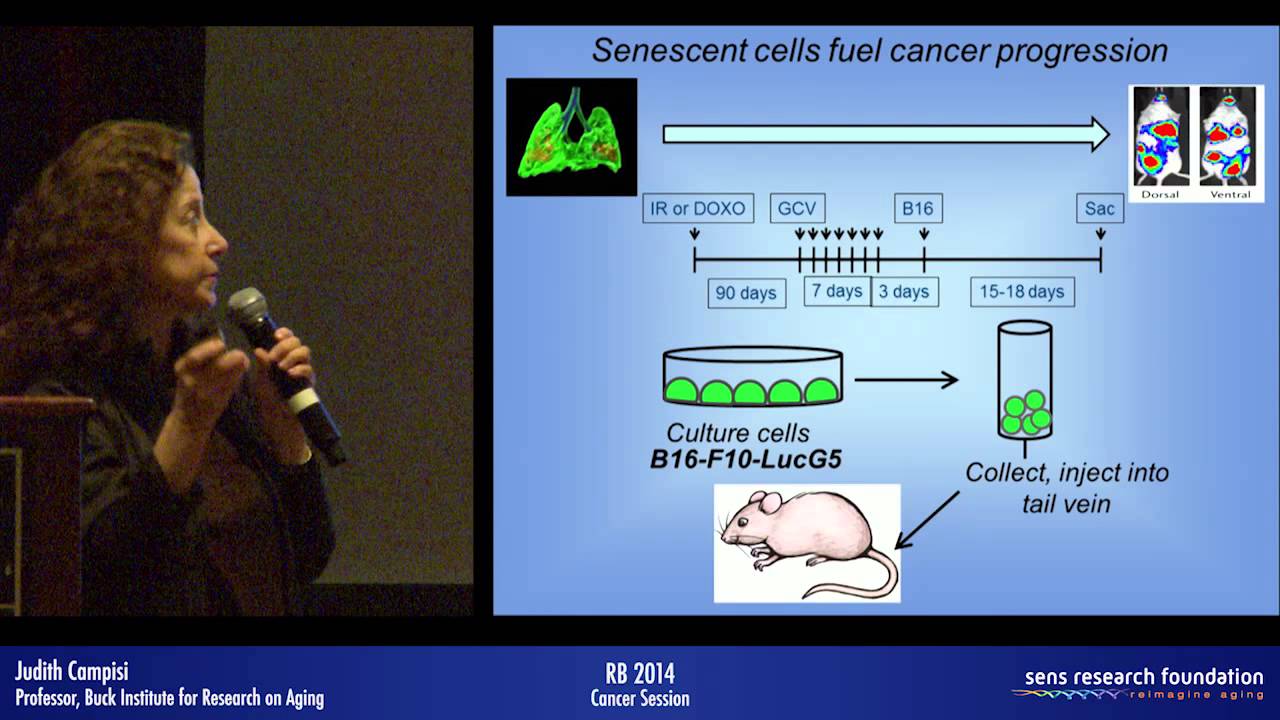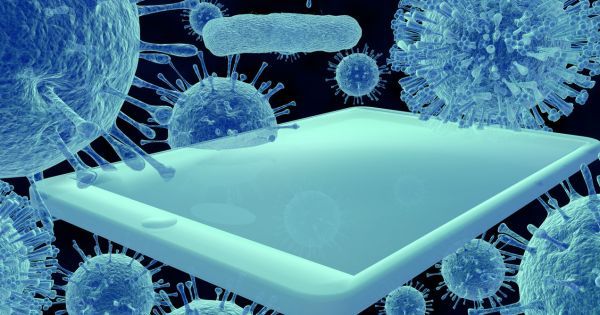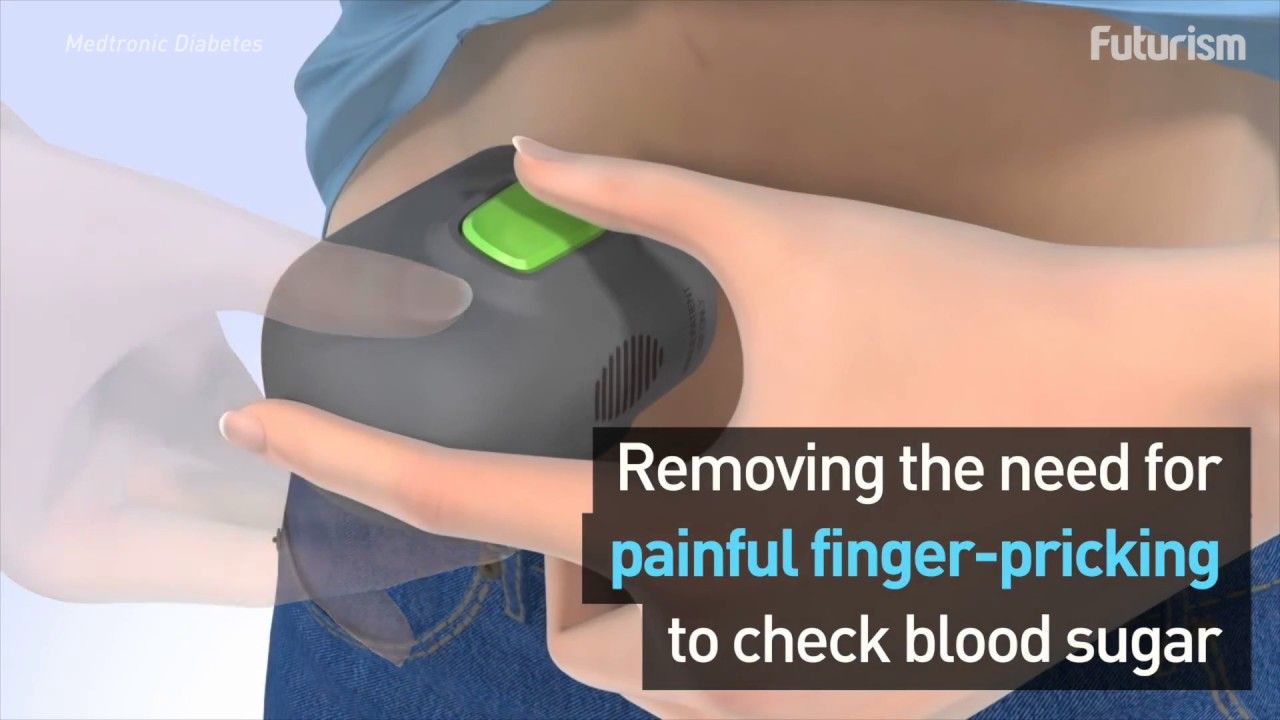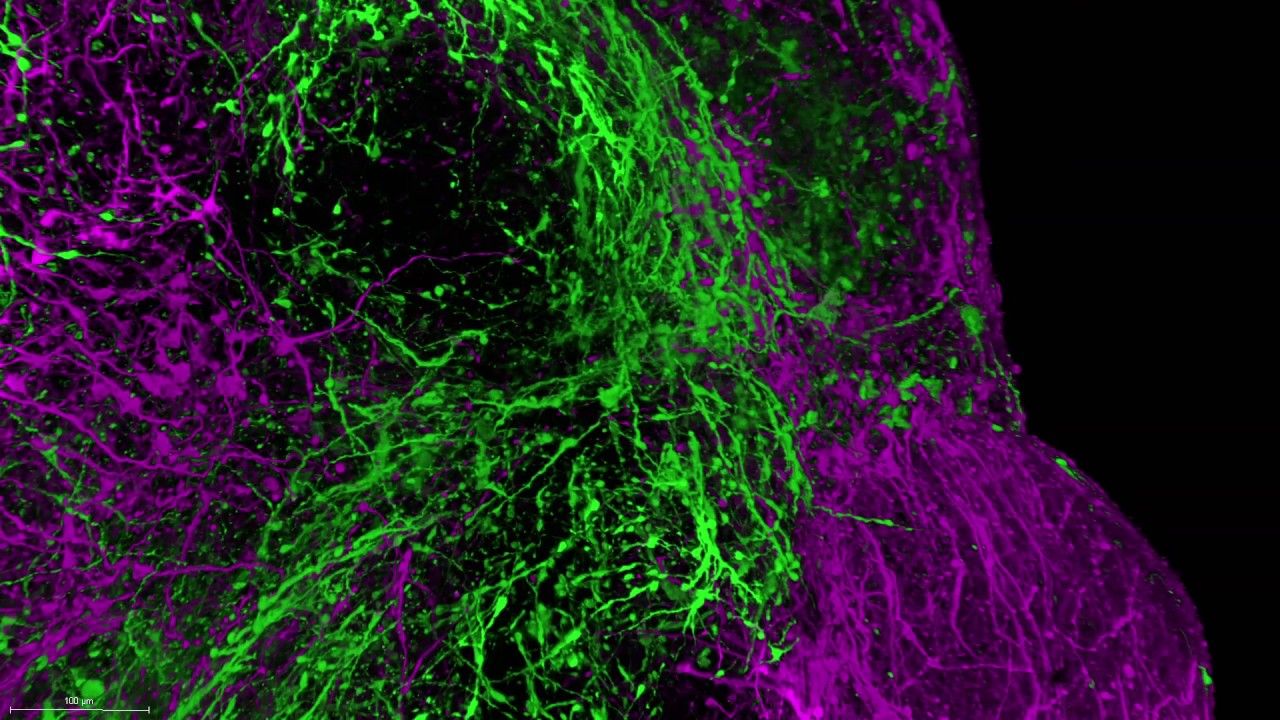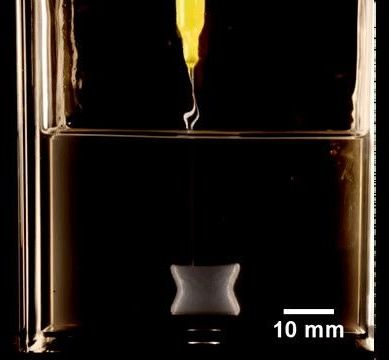News from the world of rejuvenation biotechs.
Gone are—for now—the golden days when I would publish a new post each week. So, for as long as my schedule is going to be this busy, I’ll have to be content with update bundles. I thought I’d let you know about a few news items and interesting things going on in anti-ageing community.
On June 30 LEAF will host their first Journal Club event, with dr Oliver Medvedik. The topic will be the implications of epigenetic alterations on aging and as a primary aging process.
The recurring crowdfunding campaign to support LEAF has reached $1110, thus surpassing the first goal of $1000. The next one is $2000, and it’d be great if you could help us reach it, and advertise the campaign so that others may help too.
